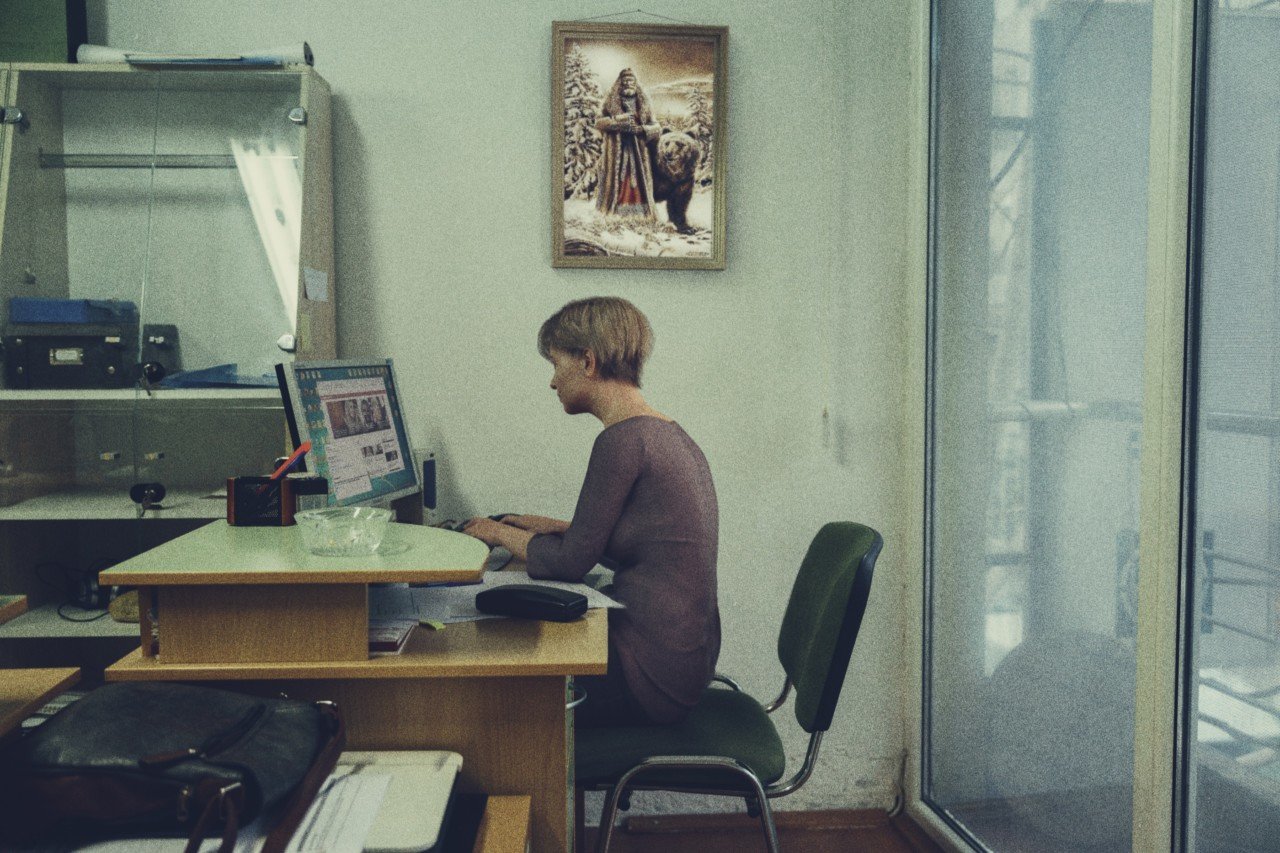Brave New (Fake) World
This session is about a Norwegian photojournalist's compelling book, The Book Of Vales, though not for the reasons you may think. The book promises, in its introductory essay, to tell the truth about the source of so many fake news stories that have flooded Facebook and many other social media sites.
The book features dozens of first-hand reports from the most successful scammers. You get to read why they engage in such practice, what drives them, what their goals are.
Then there are the haunting images that provide the answer. You bear witness to operation ground zero, a small impoverished North Macedonian city. You see the dreary surroundings – the soldiers smoking behind a barbed-wire fence, the large apartment blocks, the bear drinking from a dirty stream. No wonder these young people resort to producing fake news stories. It’s clearly driven by the lack of alternative means of support.
But that’s not what our session is about. Nor is it about the fact this so-called Book Of Vales . . . wait for it! . . . was itself entirely fabricated, all the way from that introductory essay, to the made-up reports, to the doctored pictures.
We will also not concern ourselves with the mechanics that enable such deep fakery, as interesting as that subject might be. Just know that, while counterfeit prose and doctored pictures have been with us in different forms throughout history, the technology to do so is developing at warp speed.
No, our discussion will be about the point raised in Nicholas Carr’s (btw, Nicholas was a one-time Boulder resident and a club guest a decade ago) review of this book about that book, Beautiful Lies:The Art of the Deep Fake. Our discussion will be centered around the question posed in his review: what happens to “the truth” when all evidence becomes suspect?
We might first touch on the whole question of the meaning of truth that we addressed it in MM 2/26/18 Postmodernism wherein truth itself seems to have devolved from something concrete, rational, verifiable in the Enlightenment sense to now, in this "post-modern" world, becoming a matter of perception – truth, you see, is how I see it. Apply the power of technology to this truth-as-perception subjectivity and we enter a zone in which truth has become “an aesthetic construct.”
That, then, leads to the most striking feature i.e. no one – not even experts trained in the field – ever spotted the fakery, whether it be the prose and the reports (produced by computer) or the images (doctored pictures). The real truth was revealed some months later only after the author came clean about the deception, his point having been made.
The point: the extent to which we, as humans, want so much to have our own fundamental beliefs and world views (myths?) confirmed that we will overlook what is actually in front of us i.e. how preconceived notions can override reality itself, actually becomes the reality.
A follow-on question would be the extent to which such myths can be manufactured. Such was the topic MM 11/27/20 Social Media highlighting the role that phenomenon plays in exploiting our own existing cognitive biases, whether for commercial or political purposes. Now we are on the threshold of a world in which entire realities are capable of being forged. Enter the power of artificial intelligence. Just last week came an announcement about replacing a traditional human-based news channel with an indistinguishable round-the-clock AI-powered replica (AI Business Daily). Such is the power of the modern day myth-makers.
Speaking of the power of myth, whether it be culturally-derived or manufactured, David Bright and I would enjoy hosting Joseph Campbell’s “Power Of Myth” series. We intend to show the entire series of six one-hour sessions, one each per Thursday @5:30, commencing (Thursday) January 27. You will likely find the series and the follow-on discussions quite compelling.

